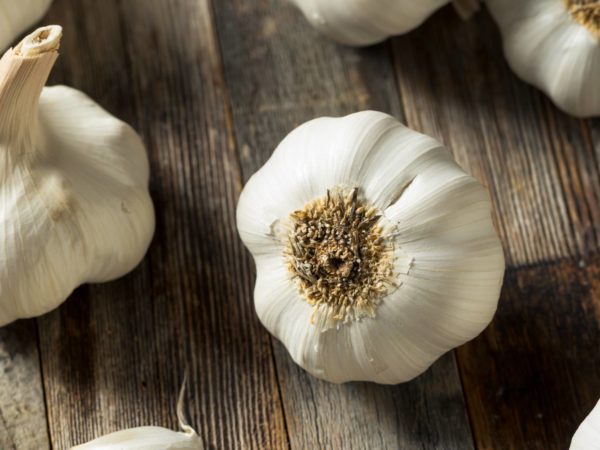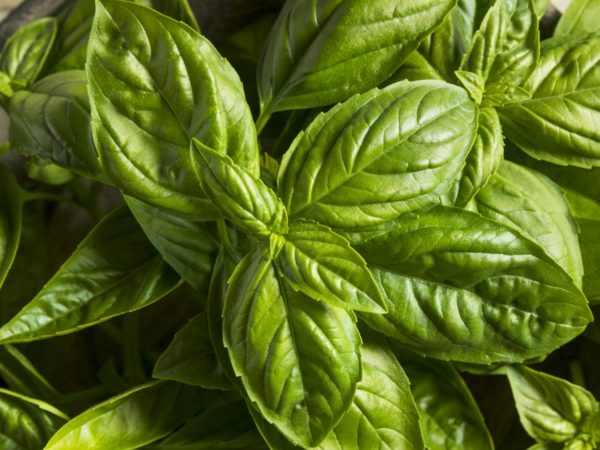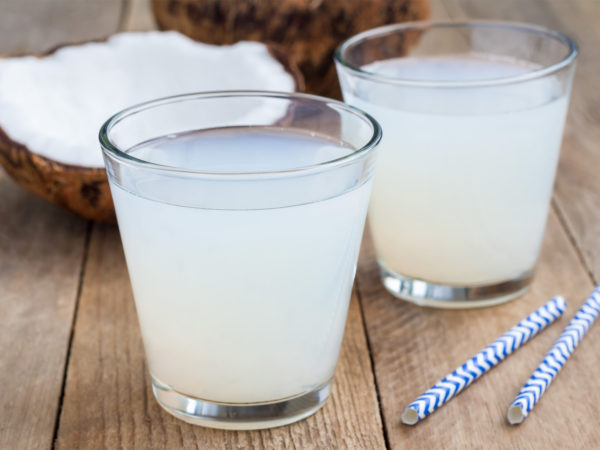The Superfat You Need in Your Kitchen
One hundred years ago, tallow could be found in almost every kitchen and pantry across the country. It was used in soups and stocks, to sear and baste meats as they cook, for roasting vegetables, for frying, as well as to make delicious breads and light, flaky pie crusts.
But in the 1970’s, the government, the media and the medical establishment launched a crusade against saturated fat. In its wake, tallow all but vanished from American cooking. It was replaced with so-called “heart-healthy” vegetable oils and shortenings (trans fats).
Unfortunately, what we lost wasn’t just the rich, delicious flavor that tallow can add to foods, but also a wide range of vitally important health benefits.
Protect Your Heart Health with Tallow?
One recent study, published in the European Journal of Clinical Nutrition found that substituting tallow for vegetable oils can help reduce the risk factors for heart attack and stroke.
Another study published in American Journal of Clinical Nutrition found that eating saturated fats – like tallow – prevents the progression of heart disease in women with metabolic syndrome.
One important reason why tallow is preferable to vegetable oils is because of its high level of stability.
Tallow: A Stable Fat for Cell-Protection
When fats are “unstable” they can easily become oxidized and go rancid quickly. And that’s a very bad thing when it comes to your health. Rancid, oxidized oils expose the body to free radicals which can damage cells and DNA. These oils can also irritate the walls of your arteries and promote dangerous inflammation.
And polyunsaturated fats are the most unstable of all. In fact, consuming oils that readily oxidize (including corn oil, soybean oil, canola, and other “vegetable” oils) is associated with a wide range of inflammatory conditions, including heart disease, diabetes, autoimmune diseases… and even cancer.
Tallow, on the other hand, has only about three percent polyunsaturated fat and nearly 60 percent saturated fat. The remainder is heart-healthy monounsaturated fat, such as that found in avocados and olive oil.
This composition makes tallow highly stable. That means that not only can it be stored for extended periods, it also remains intact under high heat cooking, thanks to a flash point of 518 degrees F.
And it has not just been shown to be a heart healthy choice. It has also been found to have protective effects against cancer, thanks in part to a powerful compound called conjugated linoleic acid (CLA).
CLA acts an antioxidant. It also reduces inflammatory compounds and encourages cancer cells to self destruct (a process known as apoptosis). And new research published in the Journal of Nutrition finds that the anti-tumor effects of CLA are enhanced by the fatty acids in tallow!
In this study on mice, the researchers implanted breast cancer cells into the subjects. Some of these mice were fed a diet with a high level of corn oil, which attempted to, “approximate the fatty acid composition of the American diet.” Another group received CLA in addition to the standard diet, while one final group received CLA combined with tallow.
What the scientists discovered was that the growth and size of the tumors were 2.5 times larger in the corn oil group than the mice which were supplemented with CLA. They also found that the group which consumed tallow in addition to CLA had far fewer areas where cancer had taken hold (metastases). The tallow also reduced the amount of CLA that was necessary to have an effect. In other words, tallow amplified the beneficial cancer-fighting effects of conjugated linoleic acid (CLA).
In addition to its superior stability and rich source of cancer-fighting compounds, grass-fed tallow is also high in vitamin K2.
Are You Deficient in Vitamin K2? Eat More Tallow
As a fat-soluble vitamin, K2 plays many important roles in the body. Perhaps its most critical role is that it helps calcium move into the bones and teeth making them stronger. It also helps calcium move OUT arteries and other soft tissues. This reduces calcifications and the risk for heart disease.
Unfortunately, it is estimated that up to 80% of Americans don’t get enough of this important nutrient. The good news is that it is abundant in grass-fed tallow!
Put Tasty Grass-Fed Tallow Back in Your Larder
With its high stability and rich flavor, tallow can be used for just about any culinary application. Add it to a cast-iron pan for a perfectly seared grass-fed steak… combine it in a casserole of oven-roasted squash or root vegetables… or use it for sautéing, baking and to confit.
When choosing tallow, ensure that it is grass-fed, unrefined and unaltered – like PaleoValley’s 100% Grass-Fed Beef Tallow – to get all the healthy benefits.





Where would you buy tallow?
Hi April,
At the end of the article I list my favorite source – US Wellness Meats. They are the best!
Be Well,
Kelley